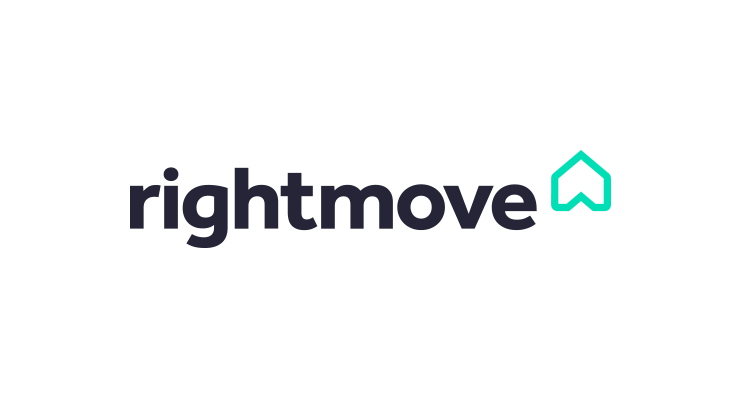The future of buy to let mortgages
The future of buy to let has been a hot topic this week. In the wake of the Bank of England’s recent clampdown, prospective investors have been anxiously consulting brokers up and down the country. Lenders and borrowers alike have barely had time to draw breath since a host of tax changes were announced and, inevitably, the buy to let sector is going through a period of adjustment. By no means is this the end, however; the changes are less extensive than they might appear at first glance, and fundamentally buy to let remains a hugely attractive option for investors.
First, a brief outline of what the new lending rules entail. The Bank of England has provided lenders with a set of checks for them to tick off before issuing a mortgage offer; or rather, existing procedures are to be made much more thorough. Going forward, lenders will have to take the higher tax rates applicable from 2017 into account when assessing affordability. They will also need to ensure the borrower’s rental income is sufficiently higher than their monthly mortgage payments. This is known as the income coverage ratio (ICR); as a general rule of thumb, rental income should be at least 125% of the mortgage cost. In some cases, lenders may look for a higher ICR.
These requirements are not earth-shattering; they will simply bring buy to let mortgages more in line with standard residential borrowing. Since the Mortgage Market Review of 2014, lenders have been looking more closely at the borrower’s overall financial picture during affordability checks, including significant streams of income or outgoings. Stress tests are also performed to ensure the mortgage remains affordable in the event of a two percentage point interest rate rise. Henceforth, these stipulations will also apply to buy to let mortgages.
These changes, on top of the tax alterations, may slow the rate of buy to let lending in the short term while lenders and borrowers digest the upheaval. In the long term, however, the sector retains its appeal and its magnetic draw. Buy to let will continue to provide the sort of returns other investments simply can’t offer, and will remain a more attractive option than the alternatives. The future of buy to let is far from bleak.
Factors that will count in the borrower’s favour include a high rental yield and a lower loan to value (LTV), both of which will boost the ICR and reassure the lender. Anyone with a large income and/or asset base will also be looked upon favourably; and previous experience as a landlord will prove helpful. Of course, if you don’t tick these boxes, that’s not to say you won’t be able to get a mortgage; it is, however, likely you will need the assistance of a broker to navigate the market.
As well as negotiating with lenders on your behalf, at Enness we can provide tax advice through our in-house tax team. If you would like to talk through your options with an expert – particularly in light of the stamp duty changes – they would be more than happy to help. As an example, you may find a trust structure is worth exploring in order to minimise your tax liability.
Whether you are an experienced buy to let investor or a complete newcomer to the space, we would be delighted to hear from you. Our expert advisers are on hand to answer your questions day and night.
This is a blog post from Enness Private, full report can be read here.









